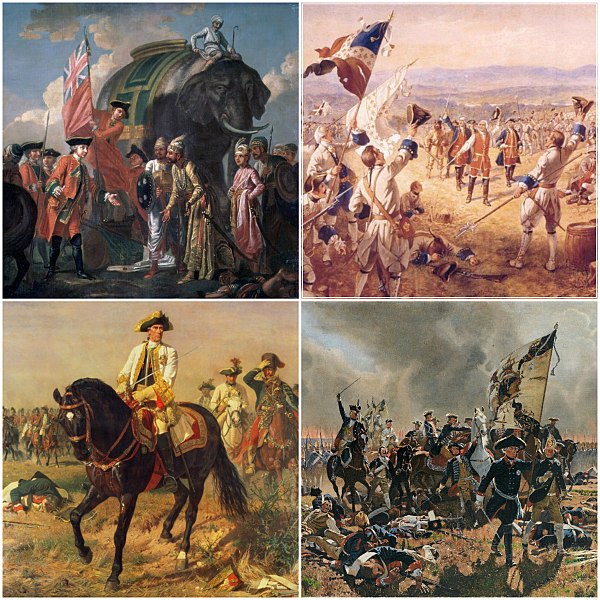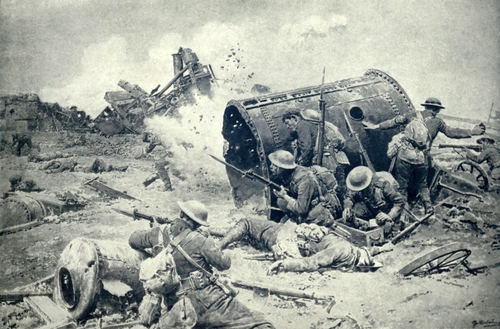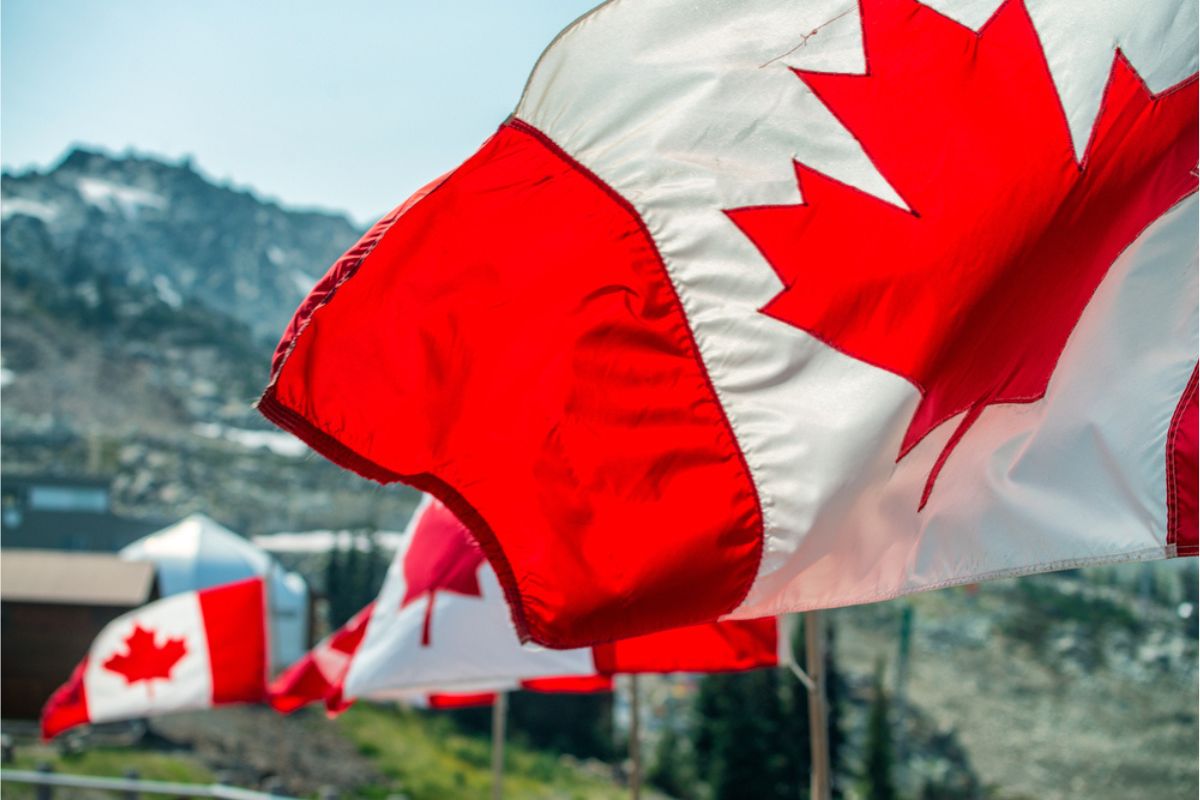Canada is a country with a rich and diverse history. From its early days as a British colony to its eventual Confederation in 1867, Canada has undergone significant transformations that have shaped its identity.
The nation’s history is marked by the fur trade, conflicts between the French and British, and its role as a destination for freedom seekers through the Underground Railroad.
The construction of the Canadian Pacific Railway connected the country from coast to coast, while Canada’s contributions in World Wars I and II solidified its place on the world stage.
The adoption of multiculturalism as a national policy and the establishment of the Canadian Charter of Rights and Freedoms in 1982 further define Canada’s values and commitment to inclusivity and human rights. These historical facts provide a glimpse into the multifaceted narrative of Canada’s past.
History of Canada Facts
1. Canada was officially created on July 1, 1867, through Confederation
On July 1, 1867, the Dominion of Canada was officially created through Confederation. This significant event brought together the provinces of New Brunswick, Nova Scotia, Ontario, and Quebec into a single political entity.
It marked the beginning of Canada as a self-governing dominion within the British Empire. The Confederation process was driven by various factors, including the need for a united defense against potential American aggression, economic considerations, and a desire for increased political autonomy.
Today, July 1 is celebrated as Canada Day, a national holiday that commemorates the country’s founding.

2. Canada was a British colony before Confederation
Prior to Confederation, Canada was a British colony. The British first established their presence in Canada in the early 17th century, with explorers and traders establishing settlements along the Atlantic coast.
Over time, British control expanded, and the region became known as British North America. In 1791, the Constitutional Act divided the territory into two separate colonies: Upper Canada (modern-day Ontario) and Lower Canada (modern-day Quebec).
The British colonies in Canada experienced waves of immigration, primarily from Britain, Ireland, and other European countries, contributing to the cultural diversity that defines Canada today.
3. Indigenous peoples have a rich history in Canada
Canada has a rich history of Indigenous cultures, with various First Nations, Inuit, and Métis peoples inhabiting the land for thousands of years before European colonization.
These diverse Indigenous groups had well-established societies, languages, and vibrant cultural traditions. However, the arrival of European settlers brought significant changes and challenges to their way of life.
The interactions between Indigenous peoples and European colonizers were complex and varied, ranging from trade partnerships and alliances to conflicts and forced assimilation policies.
In recent years, there has been a growing recognition of Indigenous rights and a commitment to reconciliation efforts, as Canada seeks to address historical injustices and foster stronger relationships with Indigenous communities.
4. The fur trade played a significant role in Canada’s development
The fur trade played a significant role in the early economic development of Canada. European traders, primarily from France and Britain, ventured into the vast wilderness of North America in search of valuable fur-bearing animals like beavers.
These traders established fur trading posts across the country, forging relationships with Indigenous peoples who were skilled hunters and trappers.
The fur trade became a major industry, with furs being exported to Europe and driving economic activity in the colonies. It also led to cultural exchanges between European traders and Indigenous communities, influencing aspects of both societies.
5. France and Britain had conflicts over control of Canada
The struggle for control over North America between France and Britain had a profound impact on the development of Canada.
France established a vast colonial territory known as New France, which included areas such as Quebec, Acadia (present-day Atlantic Canada), and parts of the Great Lakes region.
The British, seeking to expand their influence, engaged in a series of conflicts with the French, including the Seven Years’ War (1756-1763), known as the French and Indian War in North America. The British emerged victorious and gained control over most of New France through the Treaty of Paris in 1763.
This marked a turning point in Canadian history, as British colonial rule replaced French control, leading to the establishment of British colonies and laying the groundwork for the future Dominion of Canada.

6. Canada played a role in the Underground Railroad
The Underground Railroad was a clandestine network of routes and safe houses that helped enslaved African Americans escape from slavery in the United States to find freedom in Canada and other destinations.
While slavery was abolished in British North America in the early 19th century, it remained legal in parts of the United States. Many courageous individuals, both black and white, participated in the Underground Railroad, assisting fugitive slaves on their journey to freedom.
Canada, particularly Ontario, became a significant destination for these freedom seekers due to its proximity and its reputation as a haven for escaped slaves. The Underground Railroad played a crucial role in shaping Canada’s history and its commitment to human rights and racial equality.
7. The Canadian Pacific Railway was completed in 1885
The construction of the Canadian Pacific Railway (CPR) was a monumental undertaking that spanned several decades. The idea of a transcontinental railway connecting Canada from coast to coast was conceived as a condition for British Columbia to join Confederation in 1871.
The CPR project faced numerous challenges, including harsh terrain, rugged landscapes, and financial difficulties. However, the completion of the railway in 1885 had a transformative impact on Canada.
It facilitated transportation and trade across the country, promoted settlement in the western regions, and solidified Canada’s territorial integrity. The CPR played a vital role in connecting communities, fostering economic growth, and shaping Canada’s development as a nation.
8. Canada made significant contributions in both World Wars
Canada made significant contributions to both World Wars. In World War I (1914-1918), Canada sent hundreds of thousands of soldiers to fight alongside the Allied forces in Europe.
Canadian troops played crucial roles in battles such as Vimy Ridge and Passchendaele, earning a reputation for bravery and resilience.

The war had a profound impact on Canada, leading to increased autonomy and recognition on the world stage. In World War II (1939-1945), Canada once again joined the Allied forces, sending troops overseas to fight against Axis powers.
Canadian forces played pivotal roles in significant battles, including the D-Day invasion and the liberation of the Netherlands. The war effort also transformed Canada’s industry and economy, laying the foundation for post-war prosperity.
9. Canada embraces multiculturalism as a national policy
In the late 20th century, Canada embraced multiculturalism as a national policy. Recognizing the diverse backgrounds of its population, Canada sought to promote inclusivity and respect for all cultures.
The policy of multiculturalism aimed to preserve and celebrate cultural heritage while promoting equality and integration. It acknowledged the contributions of immigrants and Indigenous peoples to Canada’s social fabric and emphasized the importance of diversity in building a strong and prosperous society.
Multiculturalism has shaped Canada’s national identity, fostering a society that values and respects different cultures, religions, and languages.
10. The Canadian Charter of Rights and Freedoms was established in 1982
In 1982, the Canadian Charter of Rights and Freedoms was entrenched in the Constitution as part of the Canadian Charter of Rights and Freedoms Act. The Charter is a fundamental document that guarantees the rights and freedoms of all Canadians.
It includes a broad range of rights, such as freedom of expression, freedom of religion, equality rights, and legal protections. The Charter ensures that individuals are protected from discrimination and arbitrary actions by the government.
It has had a significant impact on Canadian society, shaping laws, policies, and court decisions, and playing a central role in upholding democratic values and human rights in Canada. The Charter reflects Canada’s commitment to justice, fairness, and individual liberties.
11. The Quiet Revolution took place in Quebec during the 1960s, leading to significant social and political changes
In the 1960s, Quebec experienced a period of significant social and political change known as the Quiet Revolution. During this time, Quebec underwent a transformation characterized by the rise of a nationalist sentiment, the secularization of society, and the modernization of institutions.
The Quiet Revolution led to a shift in Quebec’s relationship with the rest of Canada, as the province sought greater autonomy and recognition of its distinct culture and language.
12. Canada recognizes both English and French as its official languages
Canada is officially bilingual, recognizing both English and French as its official languages. This language policy reflects Canada’s historical roots as a French and British colony.
English is the most widely spoken language, but French holds a prominent position in many regions, particularly in Quebec and parts of eastern Canada.
Bilingualism is an important aspect of Canadian identity and is supported by government policies, including language education programs and the provision of services in both English and French.
13. Canada asserts sovereignty over its Arctic region
Canada is home to vast stretches of the Arctic region, and asserting sovereignty over this area has been an important aspect of Canadian history.
The Arctic is rich in natural resources and has strategic significance. Canada has made efforts to strengthen its presence in the Arctic, including the establishment of military bases and increased scientific research.
The Canadian government has also engaged in negotiations and collaborations with other Arctic nations to address issues related to territorial claims, environmental protection, and the rights of Indigenous peoples in the region.
